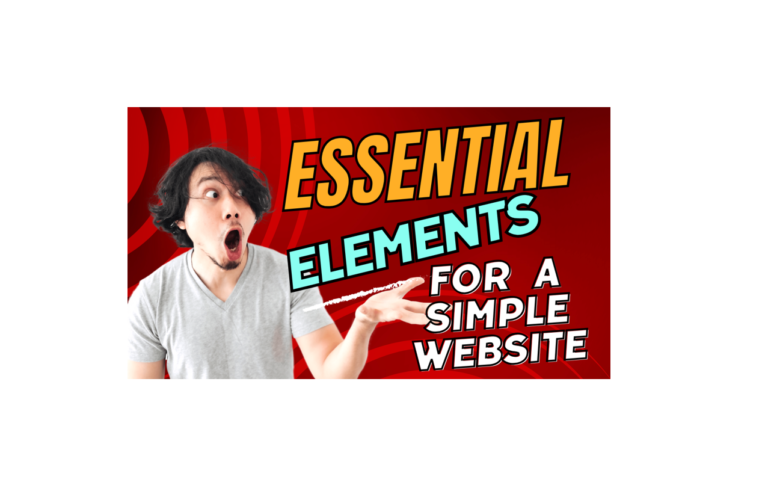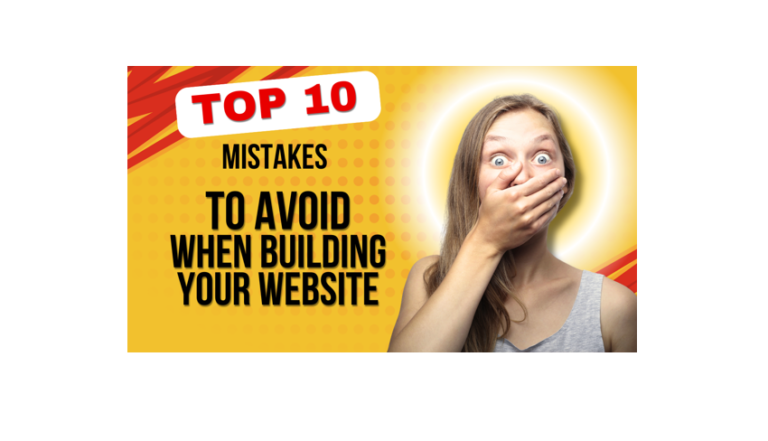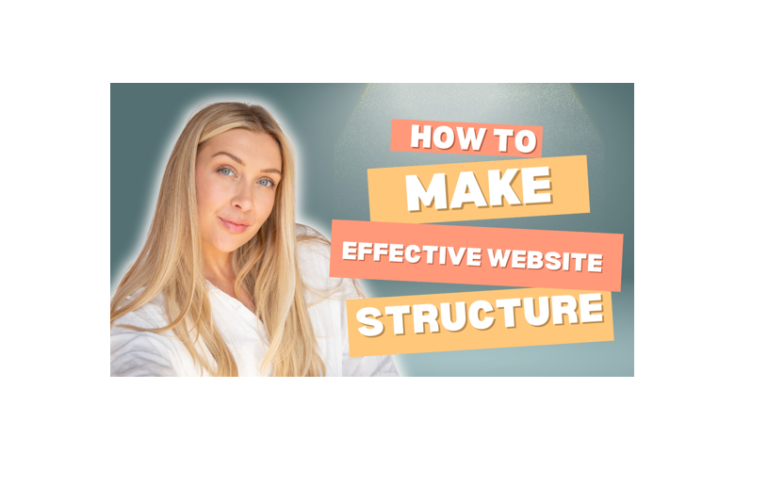
In this Advanced Word All Person Need a Website to Show case his Portfolio on word wide web . All Business need to Showcase their Product online , Also you need to spend Lots of Money to build a website . In this Blog you will get all the Information regarding “Creating a Website Free of Cost .
A Step-by-Step Guide to Creating Your Own Website
I. Understanding the Purpose of Your Website
A. Identifying Your Goals
Personal vs. Professional Websites: Determine whether your website will serve personal interests, like a blog or portfolio, or professional needs, such as a business site or online store.
E-commerce vs. Informational Sites: Decide if you want to sell products or services directly through your site or provide information and resources.
Portfolio vs. Blog: What Do You Want to Showcase?**: Think about what you want to display. A portfolio highlights your work, while a blog shares your thoughts and experiences.
B. Target Audience Analysis
Defining Your Audience Demographics: Identify who your ideal visitors are. Consider age, gender, location, and interests.
Understanding User Needs and Preferences: Research what your audience is looking for. What problems can your website solve for them?
Researching Competitors and Market Trends: Look at similar websites to see what works and what doesn’t. This can provide insights into your own site’s direction.
C. Choosing the Right Type of Website
Static vs. Dynamic Websites: Static sites display the same content for all users, while dynamic sites can change based on user interaction.
Single Page vs. Multi-Page Layouts: A single-page layout is great for simple sites, while multi-page layouts are better for more complex content.
Custom vs. Template-Based Designs: Decide if you want a unique design tailored to your needs or if a pre-made template will suffice.
II. Planning Your Website Structure
A. Creating a Sitemap
Importance of a Sitemap: A sitemap helps you visualize the structure of your website and ensures all necessary pages are included.
Tools for Building a Sitemap: Use tools like Lucidchart or Google Drawings to create your sitemap easily.
Organizing Content Hierarchically: Arrange your content in a logical order, starting from the homepage down to subpages.
B. Wireframing Your Design
What is a Wireframe?: A wireframe is a basic layout of your website that outlines the structure without focusing on design elements.
Tools for Wireframing: Consider using tools like Balsamiq or Figma to create your wireframes.
Best Practices for Layout and Navigation: Keep navigation simple and intuitive. Ensure users can find what they need without confusion.
C. Content Strategy Development
Types of Content to Include: Plan for various content types, such as text, images, videos, and infographics.
Planning for SEO and Keywords: Research keywords relevant to your content to improve search engine visibility.
Establishing a Content Calendar: Create a schedule for publishing content to maintain consistency and keep your audience engaged.
III. Choosing the Right Tools and Platforms
A. Domain Name Selection
Importance of a Good Domain Name: Your domain name is your online identity. It should be memorable and reflect your brand.
Tips for Choosing a Memorable Domain: Keep it short, avoid hyphens, and use keywords if possible.
Domain Registration Process: Register your domain through a registrar like GoDaddy or Namecheap, following their straightforward steps.
B. Web Hosting Options
Types of Hosting: Shared, VPS, Dedicated: Shared hosting is cost-effective for small sites, while VPS and dedicated hosting offer more resources for larger sites.
Evaluating Hosting Providers: Look for reliability, customer support, and features that meet your needs.
Understanding Hosting Costs and Features: Compare pricing plans and what they include, such as bandwidth, storage, and security features.
C. Website Building Platforms
Comparing Popular Website Builders (e.g., WordPress, Wix, Squarespace)**: Each platform has its strengths. WordPress is highly customizable, Wix is user-friendly, and Squarespace offers beautiful templates.
Pros and Cons of Each Platform: Consider ease of use, flexibility, and cost when choosing a platform.
Choosing the Right Platform for Your Needs: Match your website goals with the features of each platform to find the best fit.
IV. Designing Your Website
A. Choosing a Theme or Template
Importance of Visual Appeal: A visually appealing site attracts visitors and keeps them engaged.
Customizing Themes vs. Starting from Scratch: Decide if you want to customize an existing theme or create a unique design from the ground up.
– Responsive Design Considerations: Ensure your site looks good on all devices, including smartphones and tablets.
B. User Experience (UX) Design Principles
Importance of Navigation and Accessibility: Make sure your site is easy to navigate and accessible to all users, including those with disabilities.
Creating a User-Friendly Interface: Design with the user in mind, ensuring that information is easy to find and interact with.
Testing for Usability: Conduct usability tests to gather feedback and make necessary adjustments.
C. Incorporating Multimedia Elements
Using Images, Videos, and Graphics Effectively: Enhance your content with relevant multimedia that supports your message.
Optimizing Media for Fast Loading: Compress images and videos to improve loading times, which is crucial for user experience and SEO.
Legal Considerations for Media Use: Ensure you have the right to use any media you include, whether through licenses or creative commons.
V. Launching and Promoting Your Website
A. Pre-Launch Checklist
Testing Functionality and Compatibility: Check all links, forms, and features to ensure everything works correctly.
Ensuring SEO Best Practices are in Place: Optimize your site for search engines before going live.
Setting Up Analytics and Tracking: Use tools like Google Analytics to track visitor behavior and site performance.
B. Launching Your Website
Steps to Go Live: Follow your hosting provider’s instructions to publish your site.
Announcing Your Launch: Use social media, email newsletters, and other channels to inform your audience about your new site.
Engaging with Early Visitors: Encourage feedback and interaction from your first visitors to build a community.
C. Ongoing Promotion and Maintenance
Strategies for Driving Traffic: Utilise social media, SEO, and content marketing to attract visitors.
Importance of Regular Updates and Backups: Keep your content fresh and back up your site regularly to prevent data loss.
Monitoring Performance and Making Improvements: Use analytics to assess performance and make data-driven decisions for improvements.
Conclusion
– Recap of Key Steps in Website Creation: From understanding your goals to launching and promoting your site, each step is crucial.
– Encouragement to Start Building Your Website: Don’t hesitate to take the plunge; your online presence awaits!
– Final Thoughts on the Importance of Online Presence: In today’s digital world, having a website is essential for personal and professional growth.
FAQs
1. How much does it cost to create a website?: Costs can vary widely based on hosting, domain registration, and design choices, but you can start with a budget-friendly option.
2. Do I need coding skills to build a website?: Many website builders allow you to create a site without coding, but basic HTML/CSS knowledge can be helpful.
3. How long does it take to create a website?: Depending on complexity, it can take anywhere from a few days to several weeks.
4. What are the best practices for website SEO?: Focus on keyword research, quality content, and optimising site speed and mobile usability.
5. How can I ensure my website is secure?: Use HTTPS, keep software updated, and implement strong passwords to protect your site.



